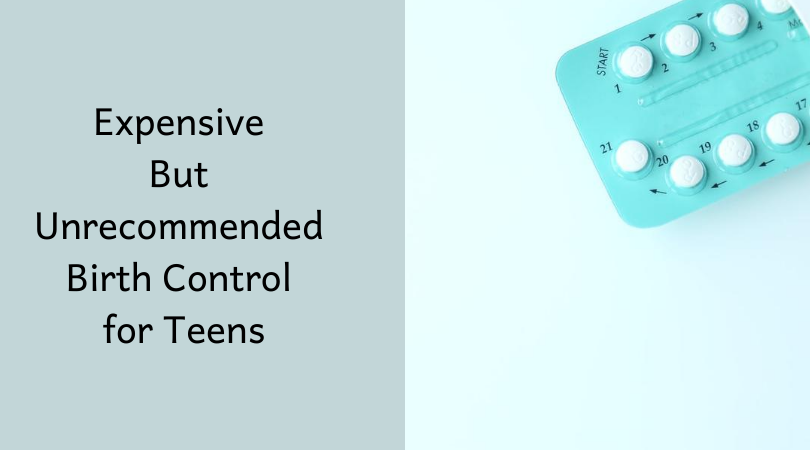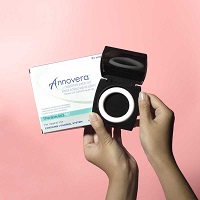Intrauterine devices are birth control that allows you to monitor the onset of pregnancy. Their effectiveness is very high: when used correctly, they protect from pregnancy by 99%. They are even used for emergency contraception after unprotected sex. Most of the spirals that are now used resemble the letter T with different tails. But there are other forms of intrauterine implants. Intrauterine devices are divided into two large types:
Intrauterine devices are divided into two large types:
- Copper-containing intrauterine device. The principle of operation is as follows: copper supports aseptic inflammation in the uterus. Aseptic implies that the inflammation is not caused by germs. But the effect of copper changes the composition of cervical mucus, which makes it more difficult for sperm to enter the uterine cavity. In addition, copper prevents the egg’s attachment to the uterine wall.
- An intrauterine device with a hormonal component. These are devices made of plastic, which include progesterone, an analog of the human hormone that prevents pregnancy. They also interfere with sperm and egg implantation. It also inhibits ovulation in some women.
How long does an intrauterine device work?
Intrauterine devices from different manufacturers and with different compositions are set for a period of 3 to 10 years. An intrauterine device costs quite a lot. However, it pays off quickly and is one of the most affordable methods of contraception for women who have a regular sex life.
What are the side effects of intrauterine devices?
Apart from complications during the installation of the UID, the most common side effect is a change in the menstrual cycle. Typically, your periods get heavier and last longer. This is especially noticeable in the first months after the installation of the spirals.
Sometimes bleeding becomes too heavy and too long, bleeding occurs between cycles – in any case, this should be discussed with your doctor. Sometimes you have to withdraw this method of birth control.
Coils do not protect against sexually transmitted infections. In some cases, it increases the risk of an ascending genital tract infection. Therefore, with a new partner, you need to use additional methods of birth control. Having such a great list of side effects, it is better not to use intrauterine devices as birth control options for teens.
Implants
The contraceptive implant is an innovative, painless, and convenient method of long-term contraception. An implant birth control is a contraceptive with a reversible effect. Its installation allows partners to forget about other methods of protecting sexual relations and eliminate unwanted pregnancy.
A contraceptive implant is a small flexible rod (diameter 2 mm, length 4 cm), which is placed under the forearm skin. This procedure is performed under local anesthesia and the gynecologist uses a special applicator. It remains invisible to others thanks to the special method of inserting the contraceptive implant. In addition, the use of this birth control option is absolutely painless for a woman. The period of validity of this option is 3 years.
The contraceptive implant contains a progestogen that prevents pregnancy by suppressing ovulation and thickening mucus in the cervical canal. Clinical studies have shown that the effectiveness of this type of contraception reaches 99%. This gives all the grounds to call this method of contraception one of the most reliable.
In addition, an implant is a reversible contraceptive. After its removal, the hormonal background normalizes within 4-5 days. After 1-3 months, all the necessary functions for normal ovulation are restored in the woman’s body. You can remove the contraceptive implant at any time – just visit a gynecologist who will perform this procedure.
Vaginal ring
The vaginal ring is made of plastic; it is thin and flexible. It contains the same 2 hormones as the birth control pill. These hormones inhibit ovulation. In addition, they make it difficult for the sperm to reach the uterus and the egg.
The vaginal ring contains hormones. These hormones generally have no effect on health. However, in some cases, it is better to choose a different method of contraception. For example: if you smoke over 15 cigarettes a day and you are over 35 years old, and if you are at risk for cardiovascular diseases, please consult your doctor first.
The vaginal ring does not adversely affect fertility. If you are planning to become pregnant, simply remove the vaginal ring. In the first months of use, you may experience side effects such as headaches, vaginal infections, and nausea. They usually disappear on their own. If they persist, visit your doctor.

Annovera Review
- Active Ingredient: Segesterone Acetate / Ethinyl Estradiol
- Release Form: Vaginal Ring
- Age: 18 - 40 years
- Average Price: $1981.20
Spiral or ring: which is better?
Many women cannot choose between an intrauterine device and a vaginal ring. The decision is made on an individual basis, together with the attending physician.
The spiral is placed for a longer period – up to 5 years. The intrauterine contraceptive ring must be changed every 4 weeks. But the risk of developing side effects is much lower. The cost of the spiral is higher.
But, considering the duration of its action, it is more beneficial. Unfortunately, these birth control options do not fir teenagers.
Nexplanon Review
Etonogestrel Implant Review
Implanon Review